Tesla, the pioneering force in the electric vehicle (EV) revolution, has faced intense scrutiny, competition, and global economic challenges since its inception. Founded in 2003 by Martin Eberhard and Marc Tarpenning, the company only truly began its meteoric rise under the leadership of Elon Musk, who joined in 2004 and eventually took control. Over the years, Tesla has transformed from a niche automaker into a global powerhouse, revolutionizing both the automotive and energy sectors. Yet, as competition heats up and the industry matures, the question arises: Is Tesla still the future of electric cars, or is it losing its edge?
A Brief History of Tesla’s Rise to Power
In the early days, Tesla’s path to prominence was fraught with challenges. The company’s first car, the Roadster, was introduced in 2008, and while it received praise for its performance and design, it was not an instant financial success. Tesla faced steep development costs, a limited customer base, and doubts about the viability of electric vehicles.
However, the Roadster set the stage for what would become the defining era of Tesla: the Model S. Released in 2012, the Model S wasn’t just an electric car—it was an aspirational vehicle that combined cutting-edge technology with luxury and performance. It broke barriers by offering impressive range, a minimalist interior, and unmatched acceleration—all while drawing attention from the tech community, car enthusiasts, and eco-conscious consumers alike.
From there, Tesla’s product lineup expanded rapidly. The Model X followed in 2015 with its signature falcon-wing doors, the Model 3 came in 2017 as a more affordable sedan aimed at the mass market, and the Model Y, a compact SUV, launched in 2020. Meanwhile, the Cybertruck (a radical departure from traditional truck design) and the Tesla Semi truck have been teased as part of Tesla’s vision to further disrupt the automotive world.
Tesla’s success has been driven by its innovative approach to battery technology, manufacturing, and software. Unlike other automakers, Tesla operates a vertically integrated model, designing not only the vehicles but also the battery packs, in-house software, and even the charging infrastructure. This approach has allowed the company to maintain a competitive edge, while also reducing costs and optimizing performance.
However, as Tesla enters its second decade of growth, the landscape is changing. Established automakers like General Motors, Ford, and Volkswagen are now heavily invested in electric vehicles, while new startups like Rivian and Lucid Motors are carving out their niches. Meanwhile, other tech companies, including Apple and Google, have expressed interest in the automotive space. The future is more uncertain than ever for Tesla, despite its market dominance.
The Technological Edge: A Deep Dive into Tesla’s Innovations
Tesla’s vehicles have consistently been ahead of the curve when it comes to technology. The company’s approach to electric propulsion is perhaps its most obvious innovation, but its advancements go far beyond the batteries that power its cars.
- Battery Technology and Range Tesla’s dominance in the EV space can be traced, in large part, to its cutting-edge battery technology. The company’s development of high-performance lithium-ion battery packs has allowed Tesla vehicles to offer some of the longest driving ranges of any EVs on the market. This was a major obstacle for earlier electric vehicles, whose limited range made them impractical for many consumers. Tesla has also pushed the boundaries of battery chemistry, moving toward more efficient and affordable battery packs. At its Battery Day event in 2020, the company announced plans to develop a new battery cell called the 4680, designed to be more energy-dense, longer-lasting, and cheaper to produce. While Tesla has yet to fully scale up production, the 4680 battery promises to be a game-changer for both Tesla’s vehicles and its energy storage solutions.
- Autopilot and Full Self-Driving (FSD) Tesla has arguably done more than any other company to bring semi-autonomous driving technology to the masses. The company’s Autopilot system, which provides features like adaptive cruise control, lane centering, and automatic lane changes, was a breakthrough in driver-assistance technology. Tesla’s Full Self-Driving (FSD) suite, which is available as a premium option, pushes the envelope even further, offering features like Navigate on Autopilot, Auto Parking, and Summon. However, Autopilot and FSD have also been sources of controversy. Tesla has faced criticism for overhyping the capabilities of its technology, with some accusing the company of misrepresenting the system as fully autonomous when it still requires driver supervision. Safety concerns have also emerged, with several high-profile accidents involving Tesla vehicles using Autopilot. Despite these challenges, Tesla continues to push forward with its goal of achieving full autonomy, a mission that many believe will be a key component of the company’s future.
- Software Updates One of Tesla’s most unique features is its ability to improve its cars through over-the-air (OTA) software updates. Unlike traditional vehicles, which require physical visits to a dealership for updates or recalls, Tesla owners can receive improvements and fixes remotely. This includes everything from adding new features to improving vehicle performance, such as increasing acceleration or range. Tesla’s OTA updates have also allowed the company to introduce new features like Tesla’s “Dog Mode” and “Sentry Mode,” further enhancing the vehicle’s appeal to both tech enthusiasts and safety-conscious consumers. The ability to continuously improve a car after purchase is something that no other automaker has been able to replicate at the same scale.
- Supercharger Network Another key factor in Tesla’s success is its proprietary Supercharger network. These fast-charging stations are strategically located across the world, allowing Tesla owners to quickly charge their vehicles during long trips. The Supercharger network is one of Tesla’s most important competitive advantages, providing an experience that is more seamless than that of other EVs, which often rely on third-party charging networks that may not be as reliable or widely available. Tesla has also been making strides in expanding its Supercharger network to include more locations, as well as opening it up to non-Tesla EVs in certain regions. This move could position Tesla as a key player in the global EV charging infrastructure market, further solidifying its place as a leader in the electric mobility space.

Competition: Is Tesla’s Lead Eroding?
While Tesla has enjoyed a commanding lead in the electric vehicle market, it is facing increasing competition. Traditional automakers, like Ford and General Motors, have announced ambitious plans to transition to electric vehicles in the coming years, with each promising to roll out new models that rival Tesla’s offerings.
- Ford and GM: The EV Shift In 2021, Ford launched the Mustang Mach-E, an all-electric SUV designed to compete directly with the Tesla Model Y. The Mach-E impressed with its stylish design, impressive performance, and competitive range. Ford has also announced plans for an electric F-150, which would compete with Tesla’s Cybertruck in the pickup segment. Similarly, General Motors has made significant strides with its Chevrolet Bolt and its Ultium battery platform. GM has committed to transitioning to an all-electric future by 2035, with plans to introduce several new electric models across various price ranges. While these automakers are playing catch-up, their established reputations, manufacturing capabilities, and deep pockets make them formidable competitors in the EV space.
- Rivian, Lucid, and Other Startups Tesla is also facing new competition from startups like Rivian and Lucid Motors. Rivian’s R1T pickup and R1S SUV have generated significant buzz, with the company targeting outdoor enthusiasts and adventure-seekers. Lucid, on the other hand, is positioning itself as a luxury EV brand with its flagship Air sedan, which boasts a range of over 500 miles and premium features designed to rival the likes of Tesla’s Model S. These startups have attracted significant investment and attention, but many are still in the early stages of ramping up production. While they may not yet be a serious threat to Tesla’s dominance, they are helping to create a more competitive landscape and may eventually capture market share, especially in the luxury and niche segments.
- Tesla’s Global Challenges Tesla is also facing increasing competition from global players, especially in China. The Chinese electric vehicle market is the largest in the world, and Tesla’s Shanghai Gigafactory has been a key part of the company’s strategy to expand in the region. However, Chinese automakers like BYD, NIO, and Xpeng have been making significant strides in the EV space, offering high-quality, affordable electric vehicles that directly compete with Tesla’s offerings. Additionally, the regulatory environment in China is complex and ever-evolving. Tesla has faced scrutiny from the Chinese government over data security concerns, as well as potential issues with quality control and safety. Tesla’s ability to navigate these challenges will be crucial for its success in the region, which represents a significant portion of the company’s future growth potential.
Tesla’s Financials and the Road Ahead
Tesla’s financial performance has been nothing short of impressive. The company has posted record profits in recent quarters, and its market capitalization has skyrocketed, making it one of the most valuable automakers in the world. However, Tesla’s future success is not guaranteed, and there are several factors that could impact the company’s trajectory.
- Profitability and Production Challenges** Despite its impressive revenue growth, Tesla has faced significant challenges when it comes to scaling production. The company has struggled with supply chain issues, labor shortages, and production bottlenecks, especially with the launch of new models. While Tesla has made significant progress in increasing production capacity, the company must continue to meet the rising demand for its vehicles while maintaining quality and profitability.
- Regulatory and Legal Risks Tesla’s rapid growth has also attracted regulatory scrutiny. The company faces potential legal challenges related to its Autopilot system, labor practices, and environmental impact. Additionally, as governments around the world introduce stricter emissions regulations, Tesla may be forced to navigate a complex regulatory landscape in order to maintain its market position.
- The Role of Elon Musk Elon Musk is undeniably one of the driving forces behind Tesla’s success. His visionary leadership, technical expertise, and willingness to take risks have helped Tesla achieve what many once thought impossible. However, Musk’s controversial behavior, public statements, and management style have also raised concerns among investors, employees, and consumers. The question remains: Can Tesla continue to thrive if Musk’s influence diminishes, or if his unconventional leadership style leads to further complications?
Conclusion: Is Tesla Still the Future of Electric Cars?
Tesla’s journey from a scrappy startup to an industry leader has been nothing short of remarkable. The company has revolutionized the automotive industry by making electric vehicles desirable, practical, and accessible to the masses. Tesla’s innovative technology, vertical integration, and forward-thinking approach have set it apart from competitors, and it remains a key player in the global push for sustainable transportation.
However, the landscape is changing rapidly. As more automakers enter the electric vehicle market, and as new technologies and competitors emerge, Tesla’s position as the undisputed leader is being tested. The company’s future success will depend on its ability to continue innovating, scaling production, and navigating global challenges.
Is Tesla still the future of electric cars? It’s too early to tell. The road ahead is filled with both opportunities and obstacles. But if there’s one thing we can be sure of, it’s that Tesla will continue to shape the future of transportation for years to come.

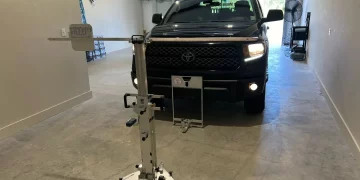

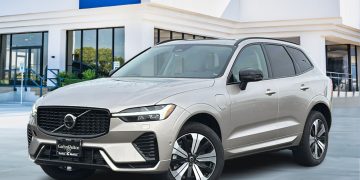
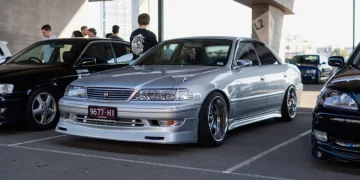

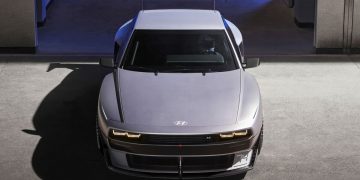


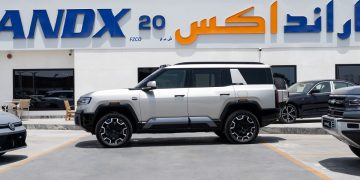

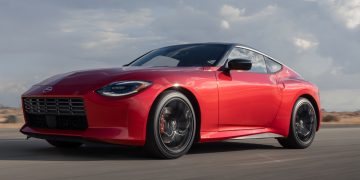
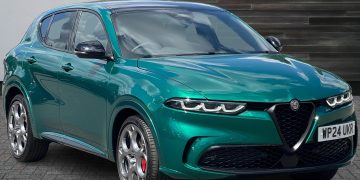





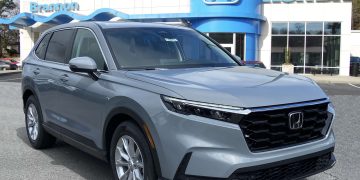


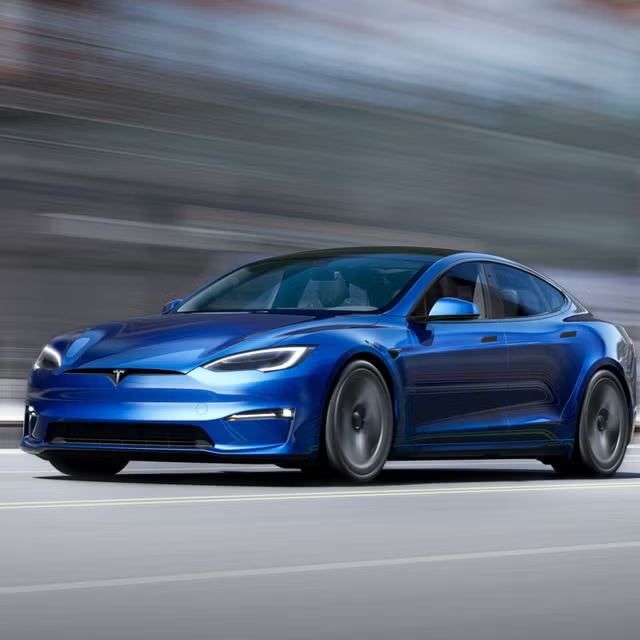












Discussion about this post